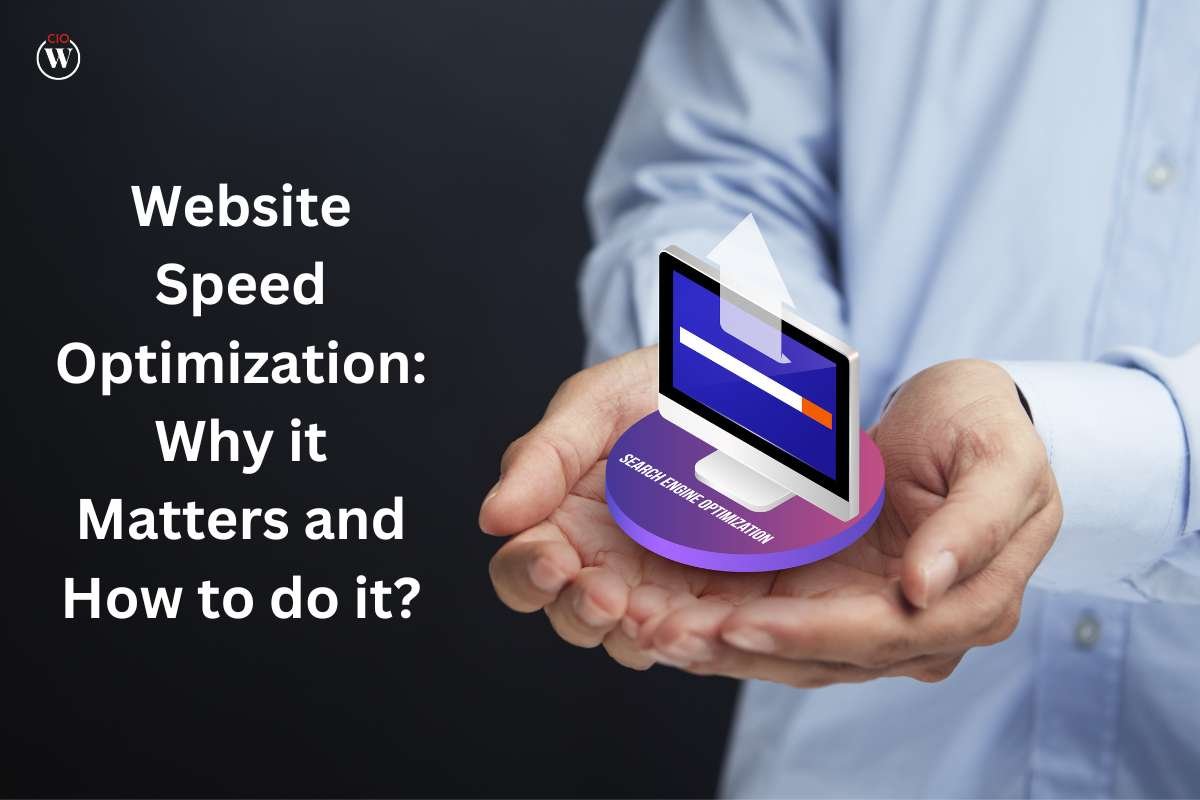Selecting renewable electricity and heating sources is an excellent method to lessen your household’s carbon footprint, improve your home’s sustainability, and maybe save money on your monthly energy bills. The benefits are undeniably substantial.
Here are 10 Ways to Power Your Home with Renewable Energy;
1. Solar power
Installing solar photovoltaic panels on your roof is a great way to harness the sun’s energy and Power Your Home with Renewable Energy for electrical needs. These panels absorb sunlight and transform it into usable energy for heating and powering appliances.
Although the panels produce more power on brighter days, they may still create some electricity even on cloudy ones. To have access to electricity even after the sun has set, the energy produced during the day may be stored in batteries. And under the Government’s Smart Export Guarantee, you may sell any unused Power Your Home with Renewable Energy back into the national grid (SEG).
2. Solar heating
It is possible to employ solar energy to offer year-round heating and hot water. Solar panels, the components of solar heating systems, may be installed in a variety of ways, including on a roof, in a free-standing frame, or even on a wall for Power Your Home with Renewable Energy. You will need around 5 square meters of the area that gets direct sunshine for the better part of the day since the electricity they create is used to heat water that is kept in a hot water cylinder.

To also utilize it to power your heating system, you’ll need bigger panels, the dimensions of which will depend on the square footage of your house.
3. Air source heat pumps
In the same way that a refrigerator extracts energy from food by cooling it, an air source heat pump does the opposite, warming your house by drawing heat from the air outside. Heat pumps are effective in every climate since they can draw heat from the air to warm a house even when the temperature outside is as low as -15oC2.
4. Wind energy
The large wind farms in the open countryside aren’t the only places you may find wind turbines. Households may make use of smaller wind turbines, which can be mounted on the building or mounted on a freestanding pole. Energy is produced when the wind turns the blades, which in turn turns the turbine on the inside. An annual savings of roughly £340 on Power Your Home with Renewable Energy costs and an annual income of about £235 from SEG payments4 are predicted for a 6kW pole-mounted turbine.
5. Biomass systems
Biomass heating systems generate heat and hot water by combusting biomass fuels like wood pellets, chips, or logs. Since wood burnt in these systems only emits as much carbon as the tree absorbed during the months and Power Your Home with Renewable Energy and it was growing, this heating method is lower in carbon than fossil fuels like coal and oil. Also, a biomass system may help you save up to £870 annually compared to an outdated electric heating system5, according to some estimates.
Business owners may cut their carbon footprint and contribute significantly to the United Kingdom’s future heat and energy-generating requirements with the aid of biomass plants, which generate electricity from organic matter.
6. Hydroelectric systems
If you live near a lake or river, this Power Your Home with Renewable Energy source that utilizes water flowing downhill to create power may be a good choice for you.

Large-scale hydroelectric power plants are common, although smaller models are also available for use in the home. A one-meter dip in a river is sufficient for them to produce enough energy to power a house.
7. Renewable electricity supply
Our residential clients can be certain that all of the power they get comes from sustainable resources including wind, biomass, and the sun. The 100% renewable power we provide benefits not just our clients’ homes, but everyone in the community. The renewable power we provide to our qualified commercial clients is only one of the many benefits we provide to them a Power Your Home with Renewable Energy.
8. Solar-Powered Water Heater
PV solar panels and solar water heaters are almost interchangeable; the former heats water and the latter generates energy. And you don’t need that many solar water panels to make up for the energy lost by not having a conventional gas or electric water heater. With a solar water heater, you may let the sun warm a storage tank of water that will subsequently be sent to your home’s radiators, plumbing fixtures, and even your laundry.
It’s simpler to install than solar panels and considerably cheaper than gas or electricity for heating water. Solar water heating is a fantastic option to switch to Power Your Home with Renewable Energy for all of your home’s energy needs if you’re not ready to make that kind of commitment.
9. Wind Turbines
Wind farms are huge, open areas of land that have been specifically designed to house a number of wind turbines, or they may be found floating on the ocean. However, if you Power Your Home with Renewable Energy you have enough land, and a modest wind turbine may be installed to provide electricity for your house.

A wind turbine has certain drawbacks that reduce its appeal for use in residential settings. In the first place, they aren’t exactly eye-catching, and some of them may be very loud. Furthermore, wind turbines may be strictly prohibited by zoning rules, homeowners’ associations, and other municipal ordinances.
10. Solar Oven
If the thought of investing in Power Your Home with Renewable Energy to power your whole house makes your stomach turn, maybe you’re not ready to make that kind of commitment just yet. Or maybe there are technical or economic reasons why solar and wind power can’t be used. Don’t worry, however; a solar oven can still provide enough energy to run some of your home’s appliances.
Solar ovens may heat meals by absorbing the sun’s rays and storing them in a sealed chamber. A solar oven may be purchased, or one can be fashioned using cardboard, insulation, and aluminum foil. It makes sense to utilize solar ovens since the standard home electric oven consumes a lot of power. Using solar energy to passively prepare meals is a fantastic introduction to the field of Power Your Home with Renewable Energy.
A solar oven’s many advantages include its ability to prepare meals for free and its portability; it may be used almost anywhere, even in the event of a blackout or other disaster. With only a little bit of sunlight, you can avoid eating meals that have to be eaten cold because of a shortage of electricity.









